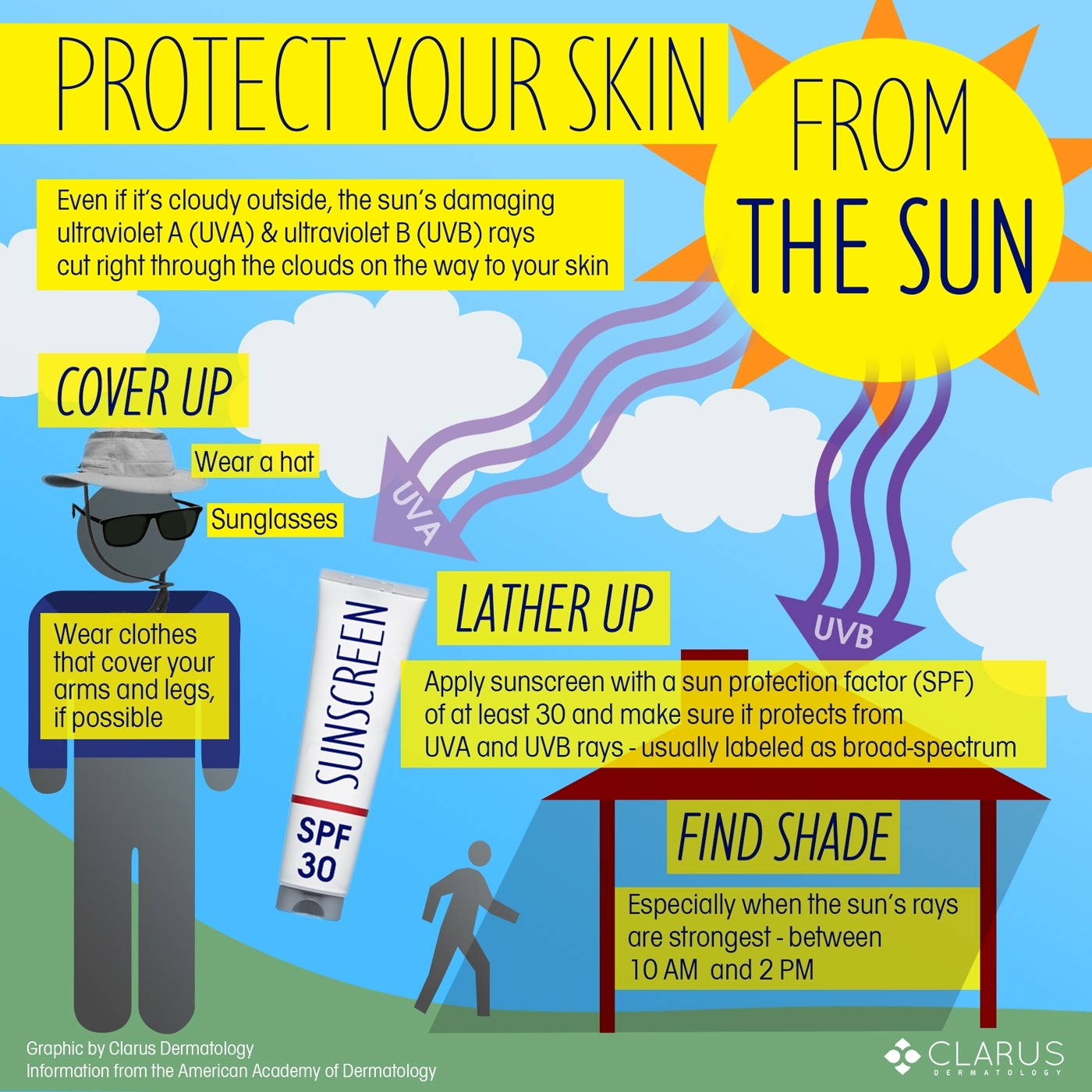In the ever-evolving landscape of American news, understanding cultural and linguistic nuances is essential. One phrase that has recently sparked curiosity among English speakers is “lunar en la piel.” This Spanish expression translates to “mole on the skin” in English. While it may seem like a simple term, its meaning and implications extend beyond just physical characteristics. In this article, we explore what “lunar en la piel” means, its cultural significance, and why it matters in today’s globalized world.
What Does “Lunar En La Piel” Mean?
The phrase “lunar en la piel” is a direct translation from Spanish, where “lunar” refers to a mole and “en la piel” means “on the skin.” Moles are common skin growths that can appear anywhere on the body. They are typically harmless but can vary in size, color, and shape.
While the phrase itself is straightforward, its usage and interpretation can differ based on context. In some cultures, moles are seen as symbols of beauty or even destiny. However, in most cases, “lunar en la piel” is simply a descriptive term for a physical feature.
Cultural and Symbolic Interpretations
Although “lunar en la piel” is primarily a literal term, it can carry deeper meanings in certain cultural contexts. In some traditions, moles are believed to have symbolic significance. For example, in parts of Latin America, moles are sometimes associated with personal traits or even fate. However, these interpretations are not universal and vary widely across different societies.
It’s important to note that while moles are generally harmless, any changes in their appearance—such as irregular shapes, unusual colors, or rapid growth—should be monitored. These could be signs of more serious conditions, such as melanoma, a type of skin cancer.
Types of Moles and Their Causes
Moles can be categorized into several types, each with its own characteristics:
- Congenital moles: Present at birth, these are often larger and have a higher risk of becoming cancerous.
- Acquired moles: Develop over time due to factors like sun exposure or genetics.
- Atypical moles: Irregular in shape and color, these require closer monitoring.
The causes of moles include genetic factors, hormonal changes, and prolonged sun exposure. UV radiation from the sun can stimulate melanin production, which contributes to the formation of moles. Additionally, lifestyle factors such as stress and poor diet may play a role in their development.
When to Worry About Moles
While most moles are benign, it’s crucial to watch for any changes that might indicate a problem. The ABCDE rule is a helpful guide for identifying potentially dangerous moles:
- Asymmetry: One half doesn’t match the other.
- Borders: Irregular or blurred edges.
- Color: Multiple shades or uneven pigmentation.
- Diameter: Larger than 6 millimeters (about the size of a pencil eraser).
- Evolution: Changes in size, shape, or texture over time.
If you notice any of these signs, it’s recommended to consult a dermatologist for further evaluation.
The Importance of Skin Health in the US
Skin health is a growing concern in the United States, especially with rising rates of skin cancer. According to the American Academy of Dermatology, melanoma is one of the most common cancers, with over 100,000 new cases diagnosed each year. Early detection is key to successful treatment, making awareness of skin changes essential.
Public health campaigns increasingly emphasize the importance of regular skin checks and sun protection. As more people become aware of the risks associated with excessive sun exposure, the term “lunar en la piel” may gain more attention in discussions about skin health.
Conclusion: Why “Lunar En La Piel” Matters Today
In a world where cultural and linguistic diversity plays a significant role in communication, understanding terms like “lunar en la piel” helps bridge gaps between communities. Whether used literally or symbolically, the phrase reflects a shared human experience—our connection to our bodies and the natural features that define us.
As more Americans engage with global cultures, phrases like this will continue to appear in conversations, media, and even medical discussions. Staying informed about such terms not only enhances language skills but also promotes a deeper understanding of health and identity.
Meta Title: US Trending News: Understanding ‘Lunar En La Piel’
Meta Description: Discover the meaning of ‘lunar en la piel’ in English and its cultural significance. Stay updated with the latest news and health insights.
Author: Maria Gonzalez
Title/Role: Cultural and Health Analyst
Credentials: Maria has over a decade of experience in analyzing cultural trends and health-related topics. She specializes in bridging linguistic and medical knowledge to provide insightful content for a global audience.
Profile Link: www.mariagonzalez.com
Sources:
– American Academy of Dermatology
– Centers for Disease Control and Prevention (CDC)
– National Cancer Institute
Internal Links:
– Understanding Skin Cancer Risks
– Importance of Sun Protection
– Cultural Significance of Moles
Featured Snippet:
“Lunar en la piel” translates to “mole on the skin” in English. It refers to a common skin growth that can be harmless or require medical attention if it changes in appearance.
Call to Action:
Stay updated with the latest news and health insights by following our blog. Explore today’s headlines and learn more about the cultural and scientific aspects of everyday terms.
URL Slug: us-trending-news-lunar-en-la-piel
Image Optimization:
–
–
– 
–
– 
Schema Markup:
{
"@context": "https://schema.org",
"@type": "Article",
"headline": "Understanding 'Lunar En La Piel' in English: Meaning and Cultural Context",
"description": "Discover the meaning of 'lunar en la piel' in English and its cultural significance.",
"author": {
"@type": "Person",
"name": "Maria Gonzalez"
},
"datePublished": "2025-04-05"
}











More Stories
US Trending News: The History and Legacy of Zoo York in Streetwear Culture
US Trending News: Exploring Zach Top Greensboro
US Trending News: The ‘Your Mom’ White House: A Trendy Take on Political Humor